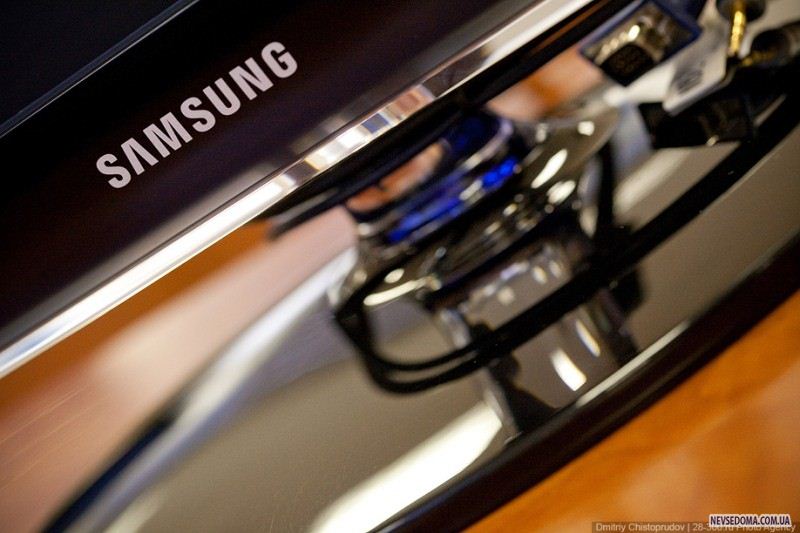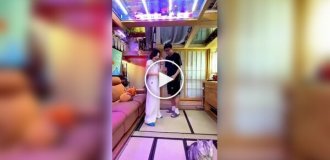Samsung plant in Kaluga. How TVs are assembled (38 photos)
Recently, Russian photo bloggers went to the Kaluga region to observe the production of televisions at the Samsung plant in the Kaluga region. Among them was Dmitry Chistoprudov, who will tell you about conveyors with manual assembly of all components into a single whole, and will also show you the difference between LCD and LED TVs.

Source: Zhzhurnal/chistoprudov

1. Warehouse of components for future TVs.

2. The necessary components are delivered to the assembly shop on conveyor lines.

3. The newly created TV panels will now go along the conveyor belt, where they will be “stuffed” with the necessary components, tested for functionality, packaged and sent to the finished product warehouse.

4. About a dozen people work on each conveyor line; almost all operations are done manually. In total, the plant currently employs about 1,600 people.

5. Computers help in diagnostics and performance testing.

6. Cord curtains are installed along the line to remove static electricity.

7.
7. People at work.

8. The panels are assembled manually. TV models are updated frequently, and it is not profitable to automate the entire process.

9.

10. Accessories.

11. Columns.

12. Box with microcircuits.

13.

14.

15.

16. Unfortunately, the process of assembling the matrices and the backlight system is a production secret and we did not photograph it.

17. After the plant is put into operation, the share of Samsung TVs produced in Russia is 83%, and after the plant reaches its design capacity it is planned to reach 90-95%.

18. According to the company’s plans, the plant’s facilities will produce 35 models of LCD TVs, 9 models of plasma TVs and 36 models of LCD monitors, as well as innovative plasma TVs with 3D image support, as early as May this year.

19. In 2010, Samsung plans to produce about two and a half million units of equipment at the Kaluga plant.

20. At the end of the conveyor, the TV is placed in a box.

21. Pallets with boxes are wrapped in films.

22. The boxes themselves are assembled in a neighboring workshop.

23.

24. Finished products warehouse.

25. Break from work, now everyone will go to lunch.

26.

27.

28.

29. It has become quiet, you can calmly talk on the phone.

30. This is how Samsung TVs, plasmas and monitors are assembled.

31. At its core, an LCD screen is a multilayer “pie” made up of color filters, liquid crystal arrays, a backlight system, and more. The cells of liquid crystals themselves do not glow, but, depending on the level of voltage applied to them, they open completely to allow light to pass through, partially open, or are simply closed when a dark area of the picture is displayed. The difference between simple LCD TVs and LED TVs lies precisely in the backlighting system of the LCD matrix.

32. On top is a TV with Edge LED backlighting (edge white LED backlight), on the bottom is a regular TV with cold cathode fluorescent lamps. Shown from left to right are special light-distributing layers for uniform illumination.

33. In Samsung LED TVs, the LEDs are placed along the edges of the matrix, so the presence of such an end layer has virtually no effect on the overall thickness of the panel.

34. The LED BLU light-directing layer ensures uniform illumination in all areas of the screen.

35. Unlike fluorescent lamps, LED TVs do not contain a single gram of mercury.

36. Instead of the usual ten or more centimeters in thickness, LED panels are only about three centimeters. Another significant advantage of LED TVs is the high level of image contrast, which significantly exceeds the best performance of traditional LCD matrices. In some models, the contrast ratio reaches 1,000,000:1.

37. This is what the LCD matrix looks like.

38. And this is what LED TVs look like on the wall.





















